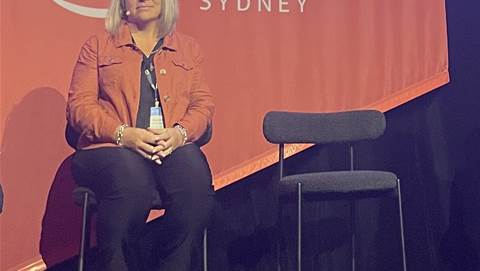Australia's telcos have joined together to agree on a range of safeguards for broadband over copper deployments in order to improve the experience for customers.

Led by Telstra engineer Peter Cooke, industry body the Communications Alliance intends to submit a draft new industry code to the Australian Communications and Media Authority (ACMA).
It outlines a commitment by telcos to co-operate to minimise performance-draining radio spectrum interference when multiple copper line systems are deployed next to each other.
The code also says the performance of legacy systems such as ADSL2+ copper broadband will be protected for the 18-month co-existence period when they and NBN services are both in play.
Telcos have similarly committed to manage the power levels on newly-deployed next-generation systems so as to avoid interfering with other nearby services, and to adhere to minimum performance levels for next-generation systems.
They will also co-operate to "pave the way for technology upgrades" such as NBN Co's planned G.fast technology. No further detail was provided.
The Comms Alliance gave the example of a single apartment block that has fibre-to-the-basement (FTTB) technology from one provider and fibre-to-the-node (FTTN) from another; under the new code the two systems will share the available spectrum.
The longer FTTN cable would run "using lower spectrum and the shorter in-building cable runs using higher spectrum", it said.
“Without such co-ordination there is a high likelihood that the two systems will interfere with one another – degrading the service performance for all customers,” Comms Alliance chief executive John Stanton said in a statement.
The technical limitations of the NBN's FTTN and FTTB services was highlighted yesterday when Telstra agreed to compensate 42,000 customers on these connections for poor performance.
Stanton said the proposed new industry code tackled complex technical issues and offered solutions for Australian broadband customers angry about receiving poor service performance.
“The code will help ensure that the government’s performance goals for NBN-based services will be met, while also facilitating greater competition and paving a smoother transition to future services," he said.
If the code is accepted by ACMA, the watchdog can then enforce its rules and provisions.
Comments and submissions on the draft code from the public are open for the next 35 days.





















